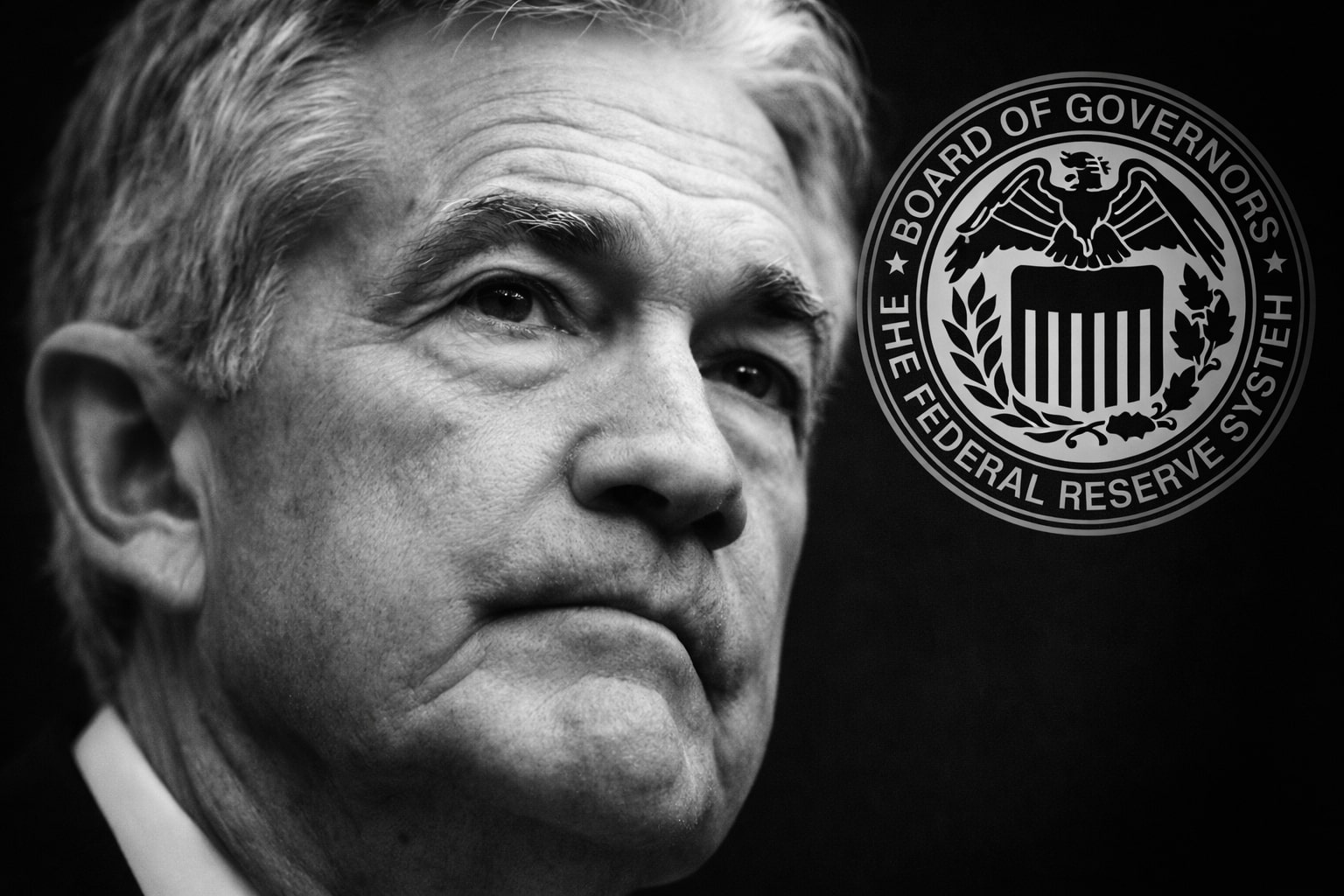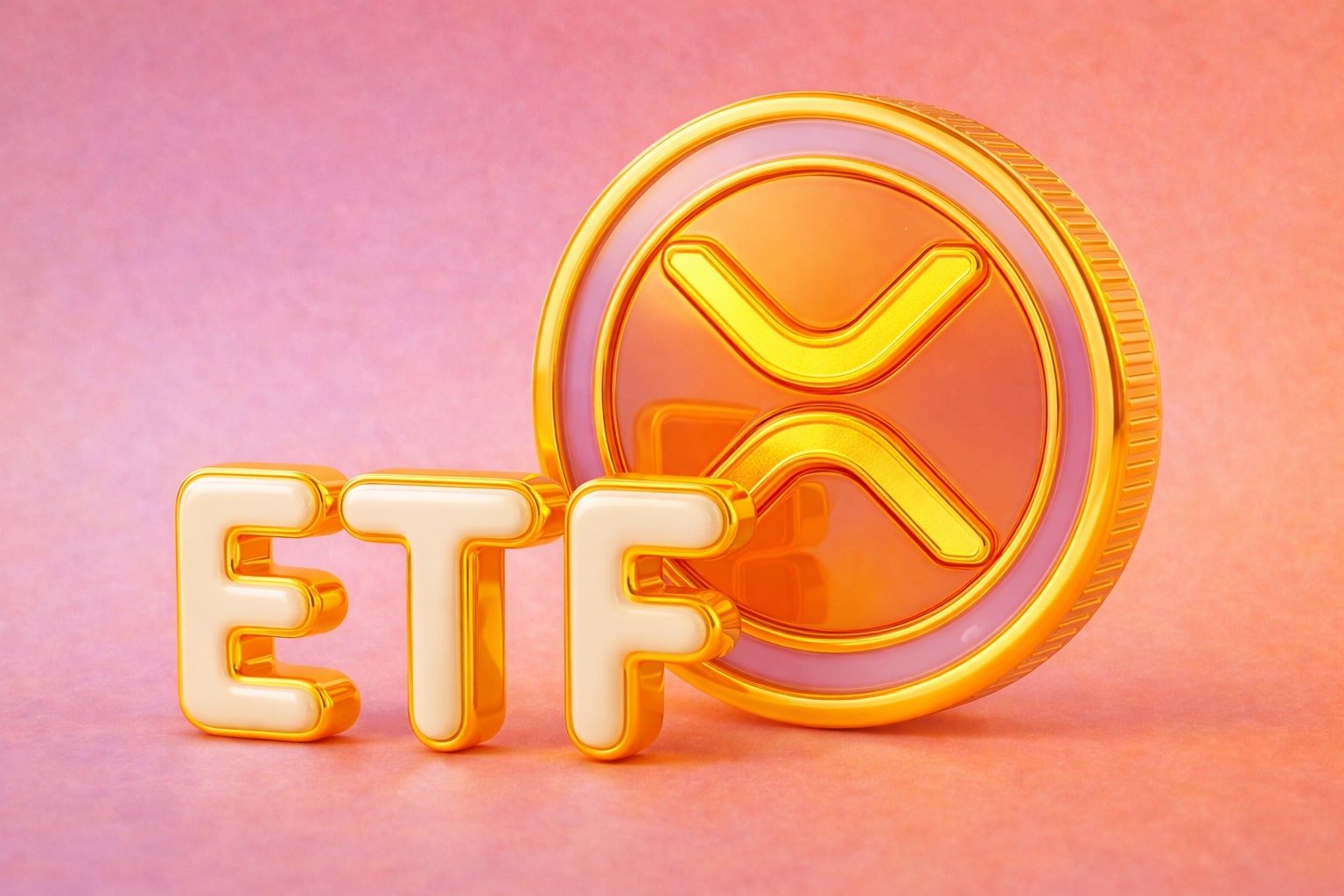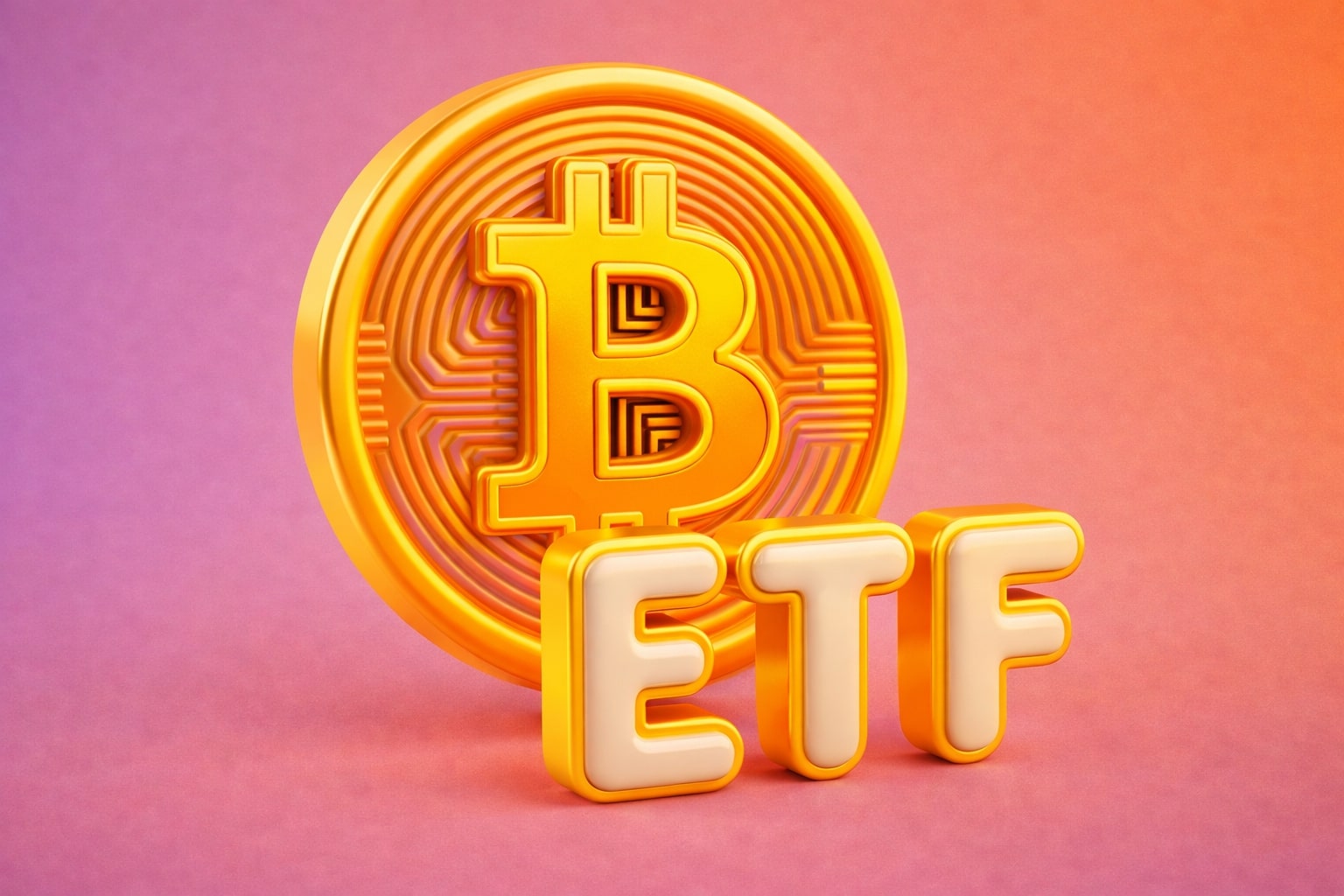EUR/USD Overview: Navigating the Strength of the Euro Against the USD Amid ECB and Fed Divergence
The EUR/USD pair finds itself under pressure, trading around the 1.1365 mark in the early European session, down 0.28% on the day. This development follows the European Central Bank’s (ECB) anticipated rate cut of 25 basis points (bps), reflecting the softening economic activity in the Eurozone. As we examine the current dynamics of the EUR/USD, it’s crucial to break down the impact of central bank policies, inflation expectations, and market sentiment.
Current Technical Outlook for EUR/USD: Consolidating Above Key Support Levels
The EUR/USD pair continues to show a positive bias above the 100-day Exponential Moving Average (EMA), indicating a bullish long-term trend. However, with the Relative Strength Index (RSI) hovering near 71.50, the pair may face short-term resistance before continuing its upward momentum. The immediate resistance level sits at 1.1455, with a potential rally to 1.1481, marking a multi-month high. On the downside, the immediate support level to watch is 1.1264. A move below this level could signal further downside towards the psychological 1.1100 mark, and if the selling pressure persists, the 1.0780 low of April 2 could come into play.
ECB’s Role in Shaping EUR/USD: Anticipated Rate Cut and Market Reactions
The ECB’s decision to cut its main refinancing rate from 2.65% to 2.40% aligns with growing concerns about weak Eurozone demand and inflationary pressures that are not yet under control. The ECB's actions reflect a continued dovish approach as global tariffs and geopolitical uncertainty weigh on economic performance. Traders are closely watching for any dovish comments from ECB President Christine Lagarde, especially regarding future rate cuts. As inflation expectations soften and the ECB signals a cautious stance, the EUR/USD faces potential downside pressure, particularly if Lagarde signals more easing measures ahead.
The Impact of U.S. Economic Data and Fed Policy on EUR/USD
In contrast, the U.S. Dollar maintains its strength as the U.S. economy shows resilience in certain areas. March retail sales surged by 1.4%, indicating robust consumer demand, which in turn strengthens the U.S. Dollar. However, core CPI slowed to 2.8%, slightly below expectations, leading to mixed views about the Fed’s next steps. Despite this, the Federal Reserve's cautious approach suggests that interest rate hikes may be on hold for the near term, allowing the USD to hold steady against the Euro. As the US Dollar Index (DXY) holds near 99.58, traders are focused on any further signs of divergence between the Fed and ECB policies.
The Broader Eurozone Economic Context and Its Impact on EUR/USD
The Eurozone’s economic outlook remains clouded by uncertainty. The recent German Producer Price Index (PPI) fell by 0.7% month-on-month, which highlights deflationary pressures. As inflation expectations decline, there is a growing sense that the ECB may struggle to achieve its 2% inflation target. The softening of Eurozone inflation, coupled with weak economic data, raises concerns about the Euro’s short-term performance against the USD. Traders should watch for signs of policy shifts from the ECB in response to these growing concerns.
Inflation and Monetary Policy: Key Drivers for EUR/USD Movement
Inflationary pressures in the Eurozone and the U.S. are pivotal factors influencing EUR/USD. While U.S. inflation has slowed, it remains above the Fed’s target, making it less likely that the Fed will ease monetary policy anytime soon. On the other hand, inflation in the Eurozone has shown signs of cooling, prompting the ECB to consider further rate cuts. As M2 Money Supply continues to grow and inflation expectations fluctuate, EUR/USD traders must stay attuned to any changes in central bank rhetoric and policy actions. This could lead to further EUR/USD volatility, especially if U.S. economic growth shows signs of slowing.
Support and Resistance Levels for EUR/USD: Trading Strategy and Key Price Zones
As of the latest market data, EUR/USD is encountering near-term resistance at 1.1455, with a key upside target around 1.1481. Should the pair break above this level, further upside towards 1.1608 could become a reality. On the flip side, EUR/USD faces significant support around 1.1264, with potential bearish momentum if the price fails to hold above this level. The area surrounding 1.1193 is another crucial support zone to watch. Below these levels, the market could test deeper levels, with a drop to 1.1100 a possibility if negative sentiment persists.
Diverging Monetary Policies: ECB Rate Cut vs. U.S. Economic Strength
The divergence between U.S. and Eurozone monetary policies will continue to drive EUR/USD movements. While the ECB is poised to cut rates further, the U.S. is maintaining a more cautious stance, backed by strong economic data such as the surge in retail sales and robust consumer demand. This disparity suggests that the USD could remain resilient, even if the EUR/USD pair faces temporary upside.
EUR/USD Technical Analysis: RSI, EMA, and Bollinger Bands
Looking at the EUR/USD technical setup, the RSI continues to hover near the overbought zone, signaling that further consolidation may be in store before a significant upward move. The pair is also holding above the critical 50 EMA at 1.1311, reinforcing its bullish trend. However, with the pair sitting just below key resistance levels at 1.1455, EUR/USD may face downward pressure if the 100-day EMA fails to provide sufficient support. The Bollinger Bands suggest potential volatility as the upper boundary at 1.1455 limits upside potential, but a decisive break above this level could lead to a stronger rally.
Volatility and Market Sentiment: What’s Next for EUR/USD in 2025?
Given the current global economic uncertainty, EUR/USD is likely to experience more volatility as traders react to ECB and Fed policy decisions. While inflation expectations in the Eurozone remain subdued, the potential for a slowdown in U.S. growth could create a shift in the USD’s strength. Traders should remain cautious in the short-term, focusing on upcoming central bank announcements and economic data releases for fresh trading opportunities. With the market showing mixed signals, maintaining flexibility in positioning for EUR/USD will be key to managing risk.
In conclusion, EUR/USD faces a critical juncture as it grapples with macroeconomic uncertainties, ECB policy easing, and a resilient U.S. economic outlook. With volatility expected to persist, traders must remain nimble, adjusting their strategies according to the evolving central bank policies and broader market conditions.




















